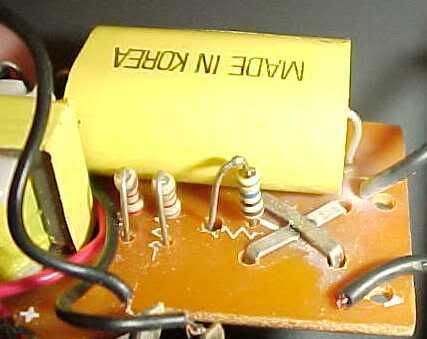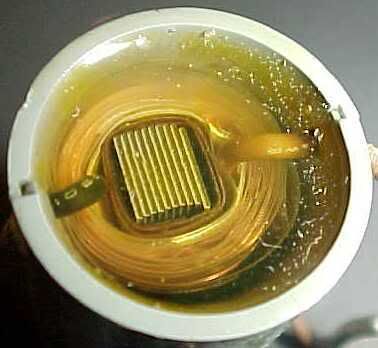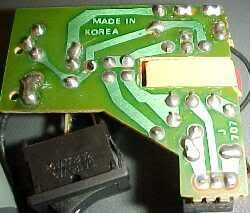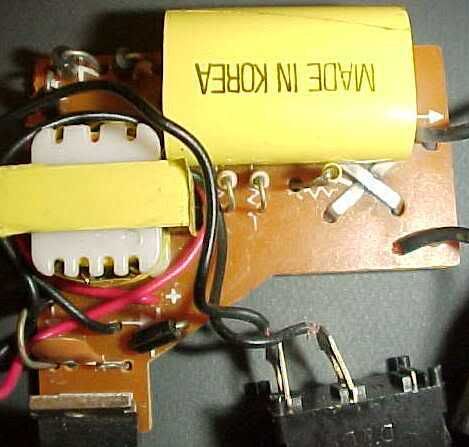EXPLORE A STUN GUN
Stun guns are widely sold in America as self protection devices. They are hand held battery operated units that exhibit a fierce cracking spark at their tip when the trigger switch is pulled. Although their main effect is to deter an attacker with their ferocious sparking, they can be used to inflict pain by applying the tip to a muscled area to cause nerve stimulation and possible minor muscle contractions.
These devices were briefly sold in the UK, but after a much hyped incident where one was used to rob a postman of his bag of letters, the UK government gave a kneejerk response and instantly made posession of them illegal. They didn't take this action in the normal manner, they simply whacked new legislation into place overnight in a manner that seems out of place with their normal slow political deliberation on things.
The banning of stun guns came just before the teen disco craze of carrying knives and stabbing each other in a drunken bid to prove manliness. There is absolutely no doubt that if stun guns hadn't been banned, then they would have been the preferred weapon of these teenage idiots, since their whole space age image would have appealed greatly to the video-game posse. If this had been the case, then a lot of lives would have been saved since stun guns have lots of bark but very little bite. While very sore they put out such a small amount of energy that they are extremely unlikely to cause death.
I always wondered how they managed to generate such a high voltage output from such a low voltage input. If you consider that the output of these things can be in the region of 100,000v (fake marketing value) derived from a small 9v battery, then that makes for a voltage multiplication factor of over eleven thousand times. In reality it's even higher because the voltage across the battery gets dragged down by the high current demand. It followed that on my first visit to America I had to buy one and take it to bits to see how it worked. These things are very cheap and cost in the region of 20 UK pounds upwards, so I bought a cheap one and when I got back to my hotel I tried it on my leg to see how much it hurt, which happened to be quite a lot. :) I duly dismantled it and was surprised at it's simplicity. I brought the circuit board back as a technical novelty and have decided to post it here to satisfy the technical cravings of fellow techno dudes.

There's not much to it is there? The circuit basically consists of a fairly standard single transistor transformer oscillator that steps the voltage up to a respectably high level. It's rectified by four diodes in series and used to charge a capacitor via a heavy winding on a pulse transformer. When the voltage is high enough to strike over the cross shaped spark gap, it dumps the capacitor through the pulse transformer generating a sharp pulse of high voltage on the secondary winding.

The spark gap is simply two pices of metal strip in a cross shape. Normally these appear as an open circuit, but when the voltage is high enough to ionise the air between them they flash over and because the ionised air is pretty conductive, the current keeps flowing until the capacitor is almost discharged.

As you can see, the high voltage pulse transformer is simply wound round a small stack of laminations. The case is two part to facilitate the wires, and the whole lot is resin potted for insulation. The resin potting is probably done under a vacuum to ensure that there are no trapped air bubbles and that the resin permeates through the windings.
If you were making your own device, this would probably be the hardest part to make reliably, since the vacuum potting equipment required is quite specialised.

It's almost incredible how simple the layout is on this uncluttered PCB.

The only special components are the transformers which are both subjected to very high voltages. A chain of diodes is used in place of a single high voltage diode.
If your reaction to this circuit is anything like mine, then you will be amazed or even slightly dissapointed at the circuits simplicity. I guess for a mass produced device it has evolved to a simple design that works well. It's very impressive when it's connected to a high current bench power supply which makes a fat juicy spark fizz continuously between the tips.
Don't email me asking for a circuit diagram for this device!